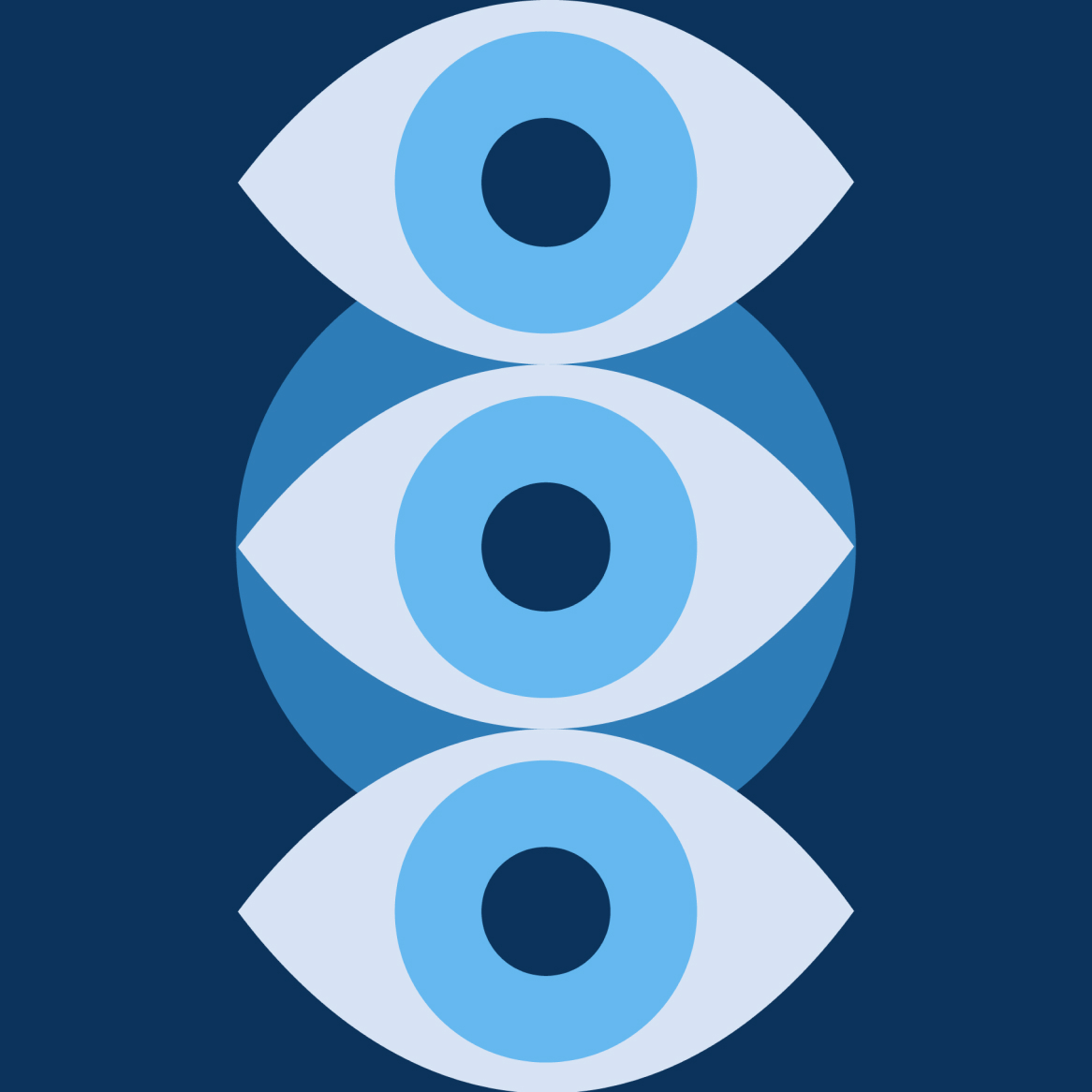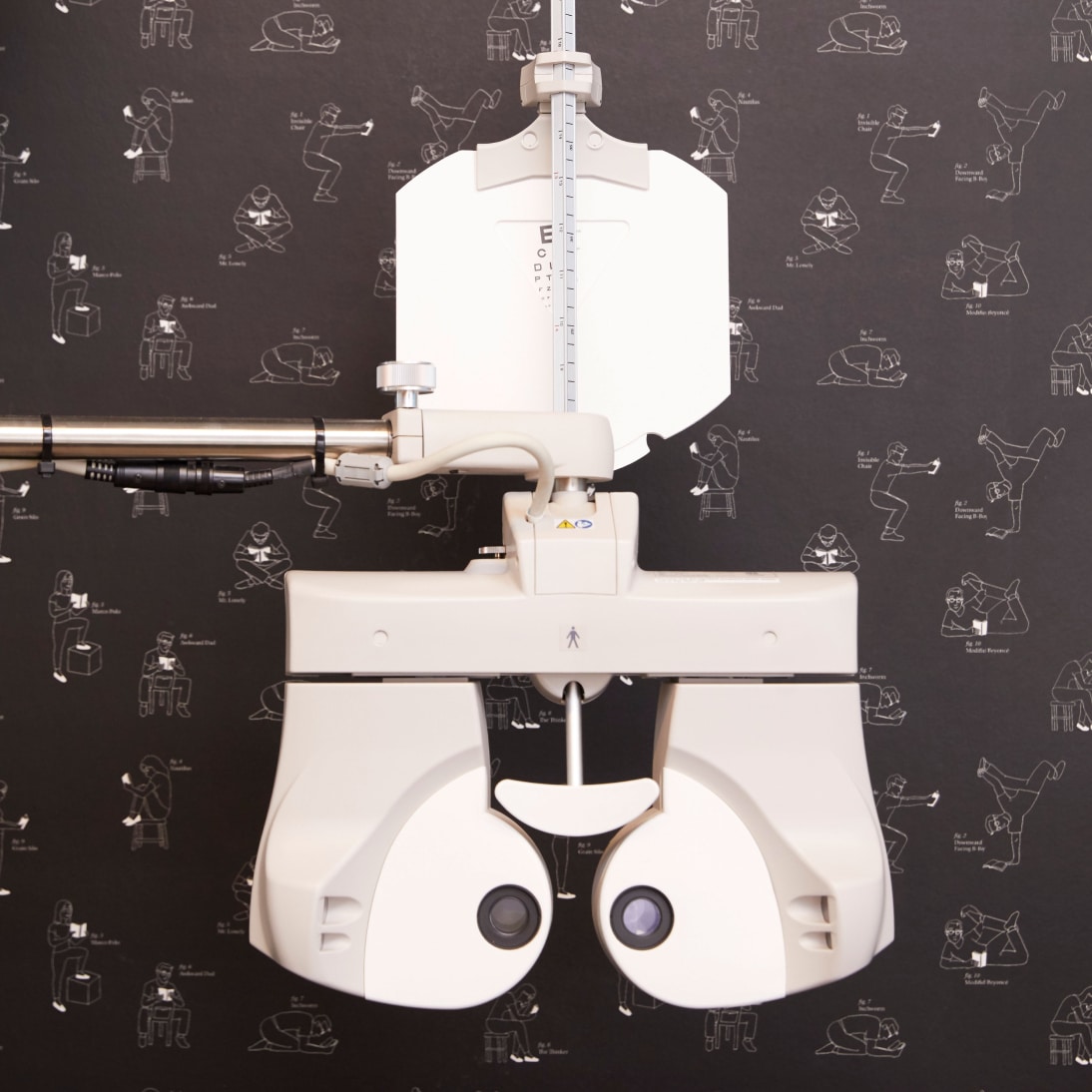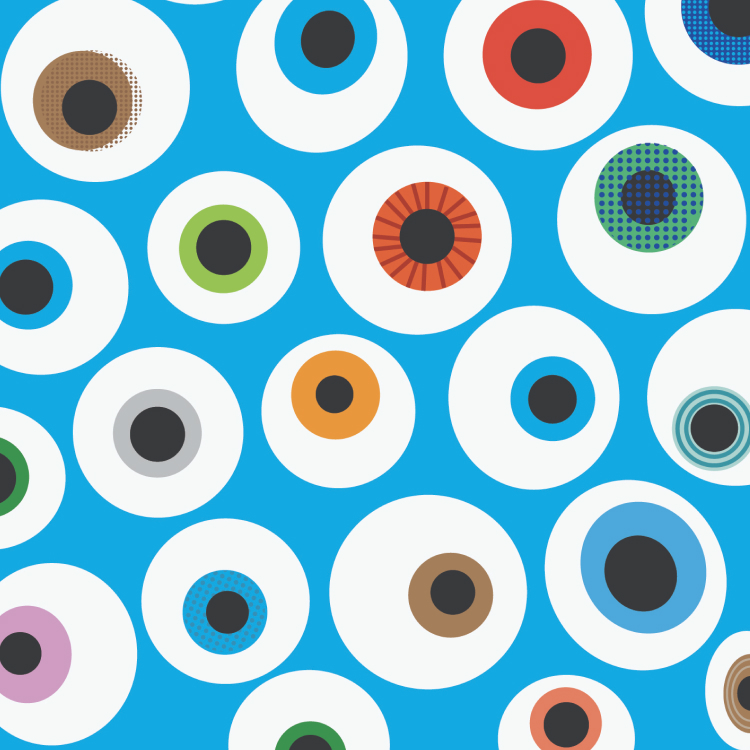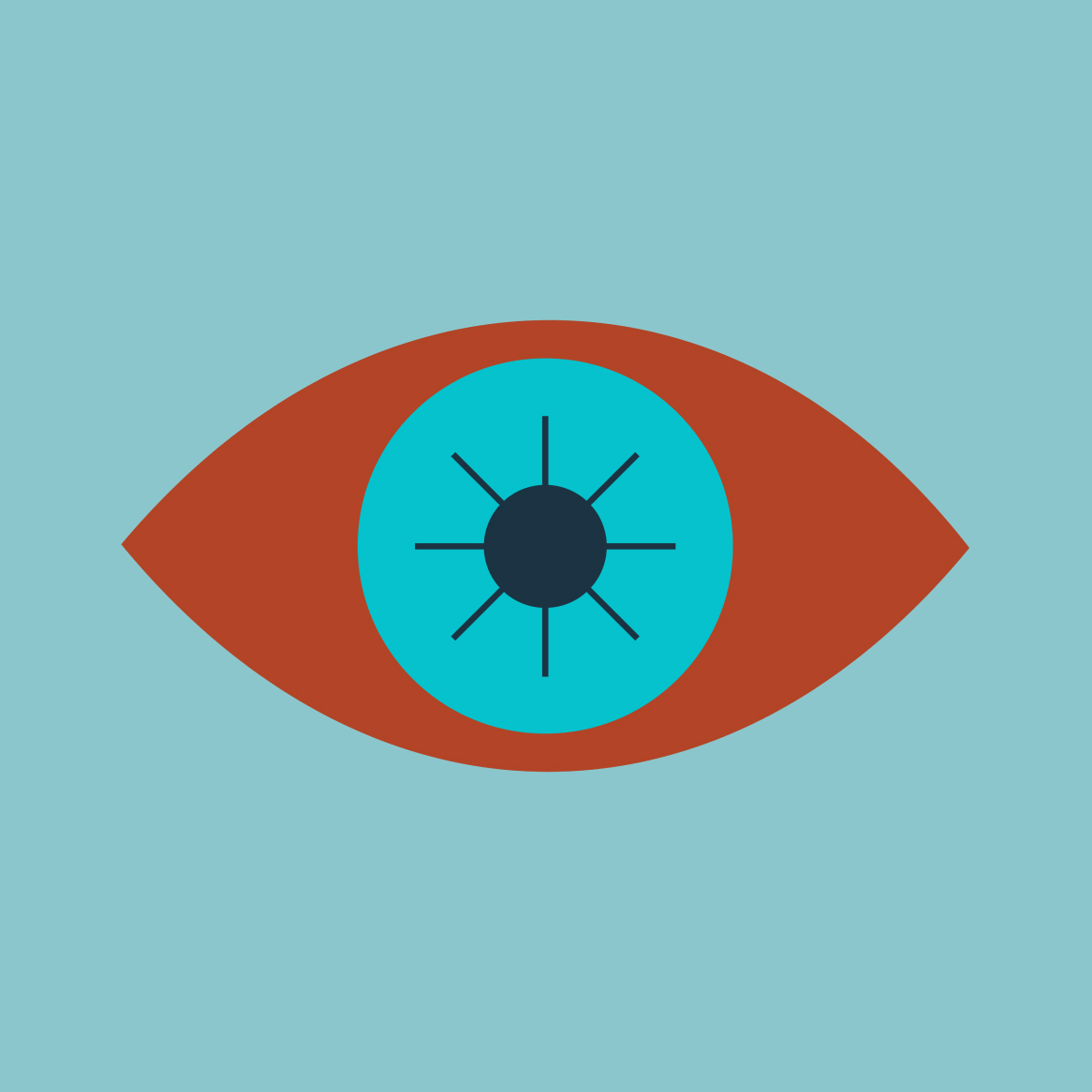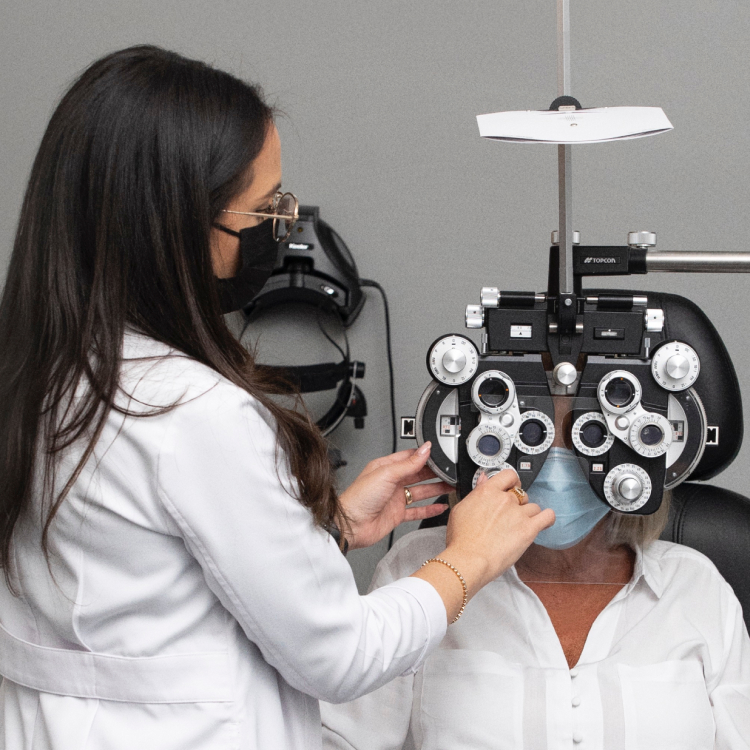Although there are many eye diseases you may have heard of before (like glaucoma or macular degeneration, for instance), there are actually hundreds upon hundreds of eye conditions that are far more rare.
This article will give an overview of some of these rare conditions of the eye and their symptoms. But, of course, this list is nowhere near exhaustive!
Retinitis Pigmentosa
The term “retinitis pigmentosa” is actually a term for a group of rare genetic eye diseases that affect the retina. Retinitis pigmentosa causes the retina’s cells to break down over time, leading to progressive vision loss.
Symptoms may start with poor night vision, loss of peripheral vision (also called tunnel vision), light sensitivity, or problems with seeing colors. Eventually, the majority of people with retinitis pigmentosa lose most of their sight.
Retinoblastoma
Retinoblastoma is a form of eye cancer that most commonly occurs in young children (under the age of five), but it can sometimes affect older people. When this rare eye disease is caught early, treatment can help safeguard vision and prevent the cancer from spreading.
When a light shines into an eye with retinoblastoma, the pupil appears white. Other signs may include poor vision, crossed eyes, watery eyes, and eye pain, redness, or swelling.
Optic Neuritis
The optic nerve is the nerve at the back of your eye that carries light signals to the brain—it’s what allows you to see. Optic neuritis occurs when the optic nerve is swollen in one or both eyes. It’s sometimes associated with inflammatory or viral conditions, such as multiple sclerosis, mumps, or measles.
Symptoms can include blurry vision, dim vision (low light perception), colors appearing faded, or eye pain. Many (but not all) people with optic neuritis need treatment, which can improve vision and/or stop symptoms from worsening.
Coloboma
Coloboma is a rare eye condition that is present at birth. With this condition, problems during development result in missing tissue from one or both eyes—this tissue may be part of the eyelid or part of the eyeball itself.
Symptoms depend on where the coloboma is located. For instance, with an eyelid coloboma, a piece of the eyelid is missing. With a uveal coloboma (The uvea is the layer of the eye containing the iris.), missing tissue in the iris can give the pupil a distinctive keyhole or cat-eye appearance. Some colobomas might impact vision, but others may not cause symptoms at all.
Stargardt Disease
This inherited, rare eye disease causes clumps of fatty material to build up on the macula (part of the retina). For someone with this disease, the gene responsible for making proteins that clean up this fatty material doesn’t work.
Stargardt disease leads to a progressive loss of central vision and sometimes peripheral vision in both eyes. Symptoms can include spots in the central field of vision, sensitivity to light, trouble with night vision, or problems with seeing colors.
Corneal Dystrophies
There are many types of corneal dystrophies. They’re all rare diseases of the eye that involve the accumulation of abnormal material in the cornea (the clear outer layer of the eye). They tend to run in families and progress with age.
Some (of the many) types of corneal dystrophies include:
- Bietti’s crystalline dystrophy: Fatty acids create crystals that build up in the cornea and retina of both eyes. Over time, these crystals can lead to vision loss, but symptoms may begin as blurred vision or difficulties with peripheral vision, interpreting colors, or seeing in dim light.
- Fuchs’ dystrophy: Cells in the cornea that are responsible for keeping the cornea clear of fluid die off. Once they’re gone, fluid builds up and the cornea swells. Symptoms can include blurry vision, sensitivity to light, or a gritty feeling in the eyes. Small blisters can also form on the cornea, causing pain when they burst.
- Lattice corneal dystrophy (aka Biber-Haab-Dimmer dystrophy): Abnormal protein deposits build up in the cornea, forming a lattice-like pattern. This causes a thin layer of the cornea (called the Bowman layer) to wear away. Symptoms may include eye irritation, sensitivity to light, and progressive vision loss.
Leber Hereditary Optic Neuropathy
Leber hereditary optic neuropathy is a rare mitochondrial disease that causes vision loss. It’s more common in males than females. Symptoms of this disease may begin with mildly blurry central vision in one eye and progress to severe vision loss (worse than 20/200) in both eyes.
Looking for More Information About Rare Eye Diseases?
Your eye doctor is your first go-to. If you’re experiencing eye symptoms yourself or simply have questions about a rare eye disease, your eye doctor can help point you in the right direction—whether that’s getting a comprehensive eye exam, seeing an ophthalmologist or specialist, or just locating resources for support.

